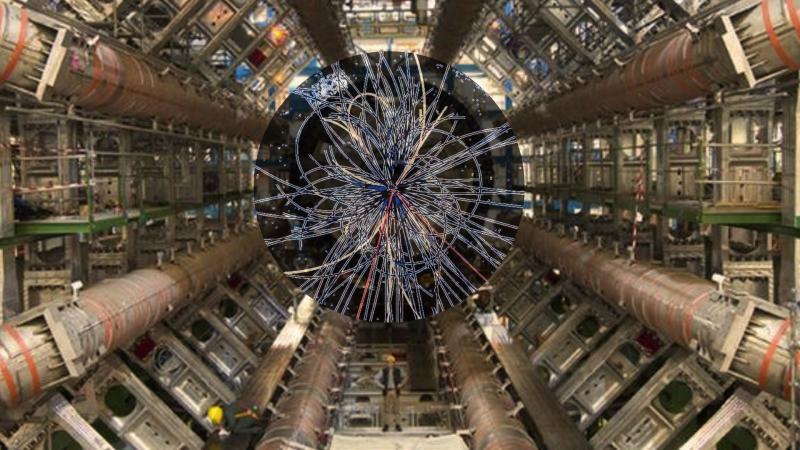
CERN Scientists Shedding Light on Antimatter & Universe’s Origins
The mysteries of the universe have long fascinated humans, and the quest to unravel them has driven scientific discovery for centuries. One of the most enduring enigmas is the nature of antimatter, its relationship to our own universe, and its role in shaping the cosmos. Recently, scientists at CERN’s Large Hadron Collider (LHC) made a groundbreaking discovery, shedding light on the elusive world of antimatter and its connection to the early universe.
The ALICE (A Large Ion Collider Experiment) collaboration, a team of researchers from across the globe, has confirmed the first evidence of antihyperhelium-4 (4He). This exotic particle, produced under extreme conditions, offers a unique window into the fundamental forces of nature and the balance between matter and antimatter.
The Quest for Antimatter
Antimatter is a fundamental concept in physics, first proposed by Paul Dirac in the 1920s. According to the Standard Model of particle physics, antimatter is a mirror image of regular matter, with identical properties but opposite charges. However, the existence of antimatter is extremely rare in our universe, making it challenging for scientists to study.
The Large Hadron Collider, located at CERN, is the world’s largest and most powerful particle accelerator. It has been instrumental in uncovering the secrets of the universe, including the discovery of the Higgs boson in 2012. The LHC’s ability to recreate the conditions of the early universe, just a fraction of a second after the Big Bang, has enabled scientists to study antimatter in unprecedented detail.
The Discovery of Antihyperhelium-4
The ALICE collaboration has been analyzing data from heavy-ion collisions at the LHC, searching for signs of antimatter production. Their efforts have paid off, as they have confirmed the first evidence of antihyperhelium-4 (4He). This particle is a type of antimatter, composed of two antiprotons and two antineutrons, bound together by strong nuclear forces.
The discovery of antihyperhelium-4 is significant, as it provides insight into the fundamental forces of nature and the balance between matter and antimatter. According to the Standard Model, matter and antimatter should have been created in equal amounts during the Big Bang. However, our universe is dominated by matter, with only a tiny fraction of antimatter remaining.
The ALICE collaboration’s findings suggest that the imbalance between matter and antimatter may have been the result of subtle differences in the fundamental forces of nature, rather than a simple asymmetry in the creation of the universe.
Implications for Our Understanding of the Universe
The discovery of antihyperhelium-4 has far-reaching implications for our understanding of the universe. It offers a unique opportunity to study the properties of antimatter, which could shed light on the early moments of the universe’s formation.
The ALICE collaboration’s findings also have implications for our understanding of the fundamental forces of nature. The discovery of antihyperhelium-4 provides a new window into the strong nuclear force, which is responsible for holding quarks together to form protons and neutrons.
Furthermore, the study of antimatter could provide insights into the origins of the universe’s matter-antimatter imbalance. If antimatter were to be created in the same quantities as matter, the universe would be a very different place. The existence of antimatter would have significant implications for our understanding of the cosmos, from the formation of stars and galaxies to the evolution of life itself.
Conclusion
The discovery of antihyperhelium-4 by the ALICE collaboration is a significant breakthrough in the study of antimatter and the universe’s origins. The findings offer a new window into the fundamental forces of nature and the balance between matter and antimatter, providing insights into the early moments of the universe’s formation.
As scientists continue to study antimatter and the fundamental forces of nature, we may uncover even more surprises about the universe and its mysteries. The pursuit of knowledge is a never-ending journey, and the discovery of antihyperhelium-4 is a testament to the power of human curiosity and scientific inquiry.
Source:
https://researchmatters.in/news/exotic-antimatter-spotted-heavy-ion-collisions-lhc






